CHAPTER SIXTEEN
Animal Welfare
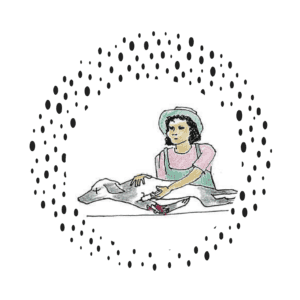
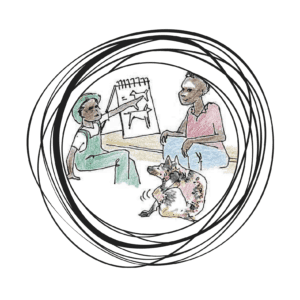
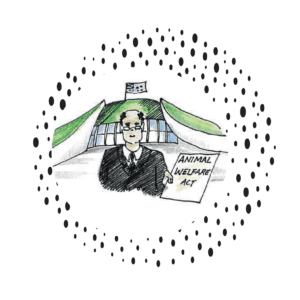
Did you know?
Even though they both use the word ‘welfare’, ‘Animal welfare’ is very different to ‘the welfare system’ (Centrelink). They are not the same things.
An animal has good animal welfare if it is loved, well fed, always has water, has somewhere safe to live and has a family who will talk to an EHP or vet if it is sick.
An animal can have bad welfare in two ways:
-
- If people are being cruel to it on purpose. This is sometimes called animal abuse.
- If people are not providing for its basic needs (giving it food, water, shelter or exercise), if it is left alone for a long time or if it is sick and no one gets it help. This is sometimes called animal neglect.
What people think about animal welfare depends on what culture the people come from. Different cultures might have different opinions on animal welfare.
The way a culture thinks about animal welfare will also change over time. Some things that were normal in Australia 20 years ago are no longer accepted as good animal welfare.
Animal welfare is linked to people’s welfare, so if people are suffering then animal welfare might not be very good. Usually, as people’s welfare gets better, so does animal welfare.
Animal Welfare Laws
All over Australia there are laws to make sure animals have good animal welfare.
These laws are state and territory animal welfare laws, and also apply to country held under Native Title.
It is a good idea for you, as the EHP, to know the basics of the animal welfare laws in your state or territory.
The animal welfare laws for each state and territory can be found on the Australian Government website.
As the EHP, an important part of your job is to make sure the community knows about good animal welfare, and animal welfare laws.
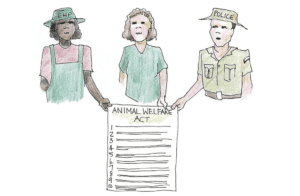
Who enforces the animal welfare laws?
The people who enforce the animal welfare laws are called Animal Welfare Inspectors.
In some places Animal Welfare Inspectors work for the RSPCA. In other places Animal Welfare Inspectors work for the state or territory government.
Police Officers can also respond to animal welfare problems if an Animal Welfare Inspector is not available. In some places, Police Officers have the same powers as Animal Welfare Inspectors.
Vets are not Animal Welfare Inspectors. But under animal welfare laws, vets can legally euthanase an animal that is suffering, even if the animal’s owner can not be contacted.
EHPs are not Animal Welfare Inspectors. But EHPs can work to improve animal welfare in their community and make people in the community aware of animal welfare laws.
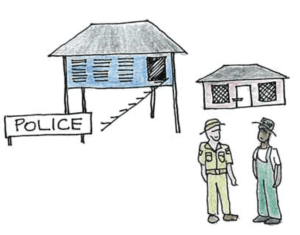
What do Animal Welfare Inspectors do?
Animal Welfare Inspectors are like the police for animal welfare.
They investigate animal welfare complaints, and work with vets to decide if an animal has good or bad welfare.
If an animal has bad welfare, Animal Welfare Inspectors can give legal orders for the animal’s owner to care for their animal better. Animal Welfare Inspectors also have the right to enter properties and confiscate an animal if its welfare is very bad.
Animal Welfare Inspectors can prosecute owners who are not looking after an animal properly.
Did you know?
As of 2019, an owner be fined up to $235,600 or face up to 7 years jail time for breaking animal welfare laws in QLD.
In the NT the maximum fine is up to $30,600 or 2 years jail time.
If a company is found to be breaking Animal Welfare laws, they can be fined up to $1,178 000!
Animal welfare problems that might happen in communities
Animal welfare problems can happen in any place – community, town or city. But animal welfare is often worse when there isn’t good access to a vet or animal health and management program.
There are lots of ways that animals might have animal welfare problems.
Some animal welfare problems that might happen in communities are:
-
- Pets having no water to drink
- Pets not being fed every day, or not getting enough food
- Dogs having too many puppies and cats having too many kittens
- Dogs and cats having so many parasites (like worms or scabies) that it makes them sick
- Owners leaving their pets alone for more than a day
- Dogs that are chained up on heavy chains
- Pets that can’t exercise because they are tied up all the time, or kept in small cages
- Dogs falling off the back of utes because there weren’t tied on
- Pets that have broken bones or other injuries, but don’t get treated by the vet or EHP
- Pets that have had boiling water thrown on them
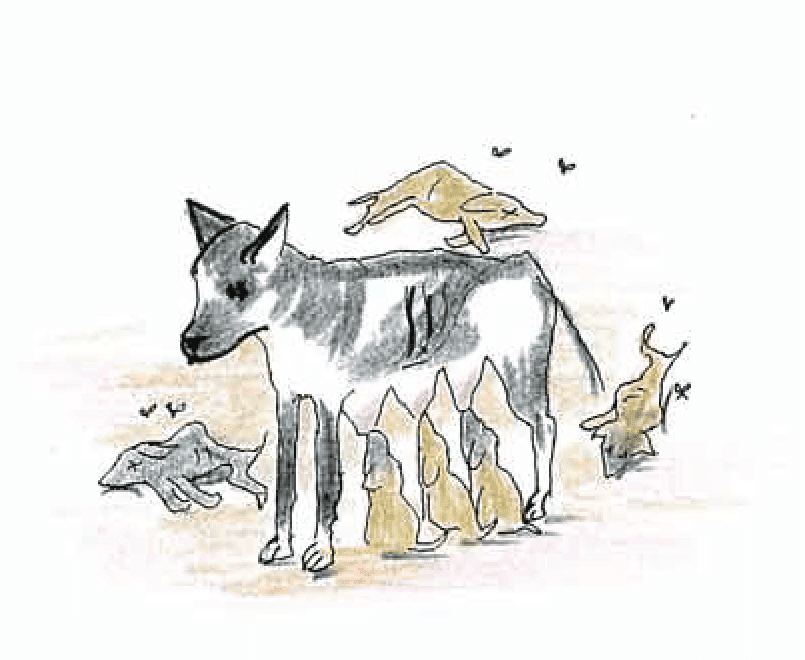
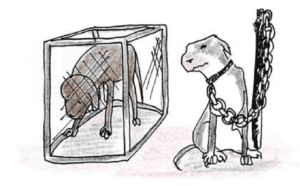
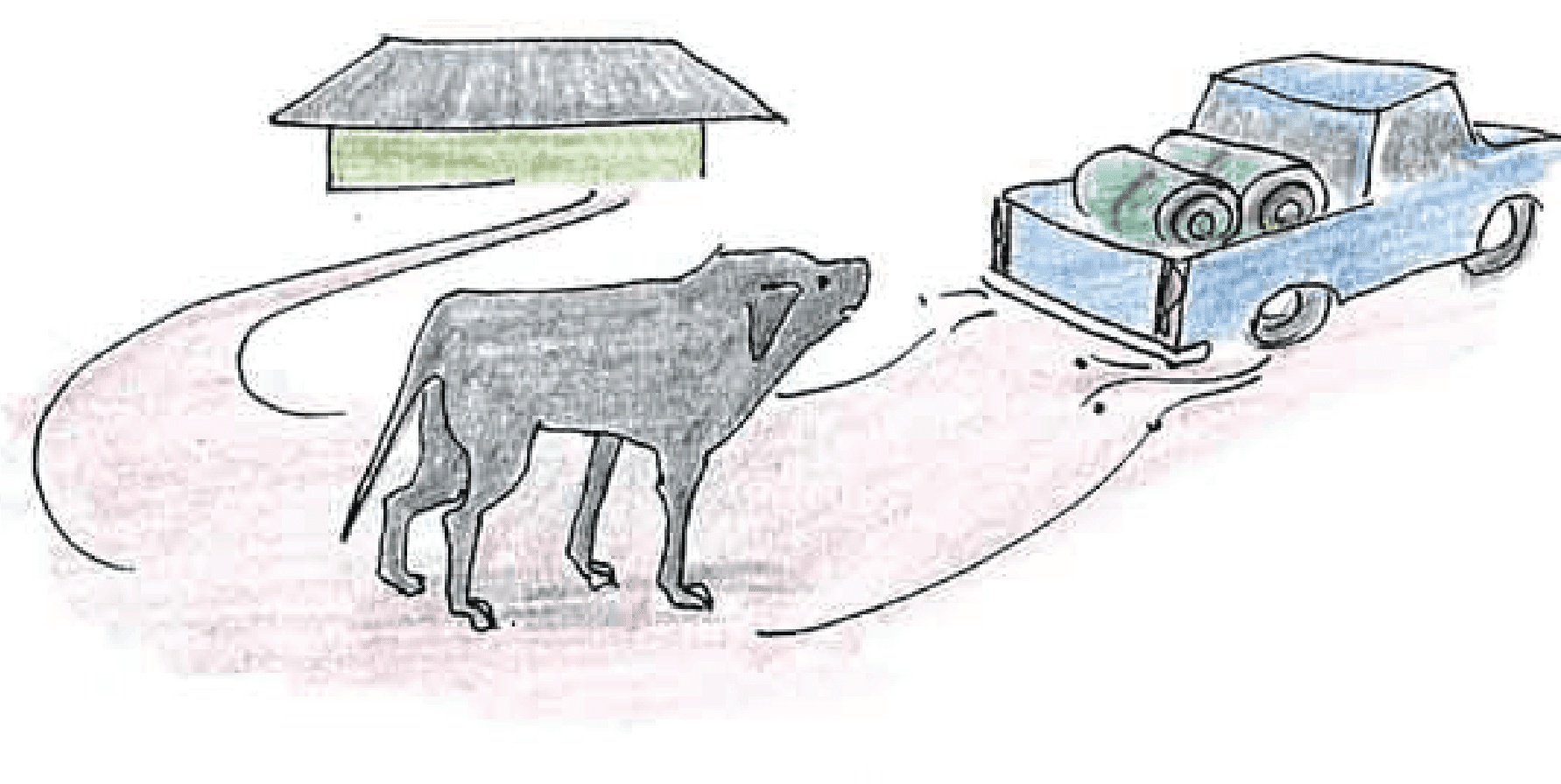
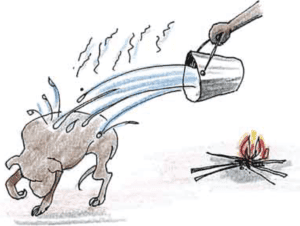
-
- Pets that are teased or treated badly
- Dog fighting competitions
- Baby animals like calves and foals that are caught out bush and brought into community, but not fed enough. These babies can also get attacked by dogs
- Wildlife or livestock that have been brought into the community and are not being fed or watered properly
How the EHP can help with animal welfare problems
Some people in communities do not know that there are laws about animal welfare. Other people might know about the laws, but not be able to see how an animal is suffering, especially if they are living with their own big stress.
As the EHP, you can help people in your community to see when there is an animal welfare problem, and work with them to fix the problem.
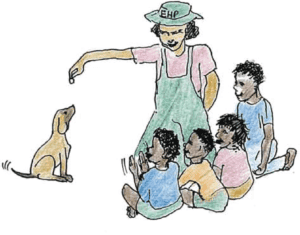
You can help with lots of animal welfare problems by:
-
- working with the vet to run a good animal health and management program with regular vet visits.
- working with the shop, so that they stock food and medicines to make pets healthy. AMRRIC can also help you to talk to the shop about stocking good animal products.
- getting training from your vet, so that you can give medicines to help with animal welfare problems when the vet isn’t in the community. Always speak with your vet before giving medicines and follow the vet’s instructions.
- working with the vet to run a good animal health and management program with regular vet visits.
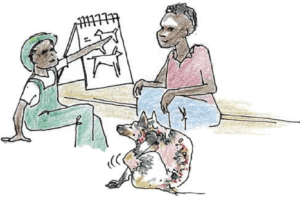
-
- organising euthanasia for injured or sick animals that can’t be fixed. If the vet is not in the community, this might be a job for the police or rangers, unless you are trained to euthanase animals. Chapter 13 has more information about euthanasing animals.
- sharing knowledge about animal welfare and caring for pets. AMRRIC has lots of education resources that you can download, adapt and use in your community, to help raise awareness of animal welfare. You can also call or email AMRRIC to talk about what education resources might be good for your community.
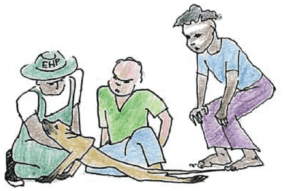
Dogs with broken backs or broken bones sticking through the skin are common animal welfare problems in communities. These animals are in a lot of pain and will die slowly unless they receive emergency treatment. If the vet isn’t in the community, emergency treatment for these problems is hard to find, is very expensive and sometimes still can’t fix the animal.
Sometimes, an owner of an animal that has these sorts of injuries might not want their animal euthanased. Their cultural beliefs might not agree with euthanasia.
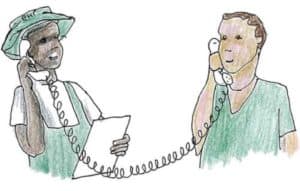
An important job for the EHP in these cases is to:
-
- Help the owners understand their responsibilities under the animal welfare law, and how the animal is feeling.
- Help the vet, police officer or Animal Welfare Inspector to understand the owner’s point of view.
This can be a balancing act that requires good communication.
In cases like this, animal welfare laws will over-rule traditional law. But the EHP is the person that has the skills to make sure traditional law is being respected when dealing with animals that are culturally important.